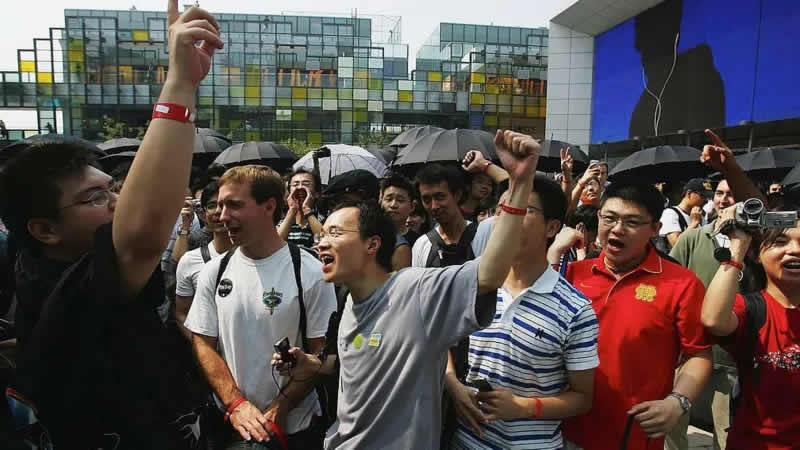Apple is grappling with escalating manufacturing challenges in China, a situation that threatens its global supply chain and financial performance.
The company faced a brief respite when the U.S. Customs and Border Protection announced an exemption for smartphones, laptops, and other tech gadgets from steep tariffs. However, this relief was short-lived as former President Donald Trump later clarified that these products remained subject to existing 20% tariffs and would be reclassified under a different tariff category. Commerce Secretary Howard Lutnick confirmed the possibility of reinstating tariffs on iPhones, as the administration evaluates national security-related electronics tariffs.

Apple’s reliance on China is profound, with over 85% of iPhones assembled there. The company directly employs 14,000 individuals in China, and most of the 1.5 million staff in its global supply chain are also based there. This deep integration has made it challenging for Apple to diversify its manufacturing base, despite efforts to expand production in countries like India and Vietnam.
Recent events have further complicated Apple’s operations. In Zhengzhou, a major manufacturing hub, COVID-19 outbreaks and strict lockdown measures led to worker unrest and significant production disruptions. Analysts estimate that these shutdowns cost Apple approximately $1 billion per week in lost iPhone sales, with about 5% of iPhone 14 sales likely affected.
Additionally, China’s increased scrutiny of exports, citing concerns over technology with potential military applications, has hampered Apple’s efforts to shift production overseas. These tighter customs checks have resulted in delays of days or even weeks on shipments of production equipment and materials to countries like Vietnam and India.
Despite these challenges, Apple achieved the top spot in global smartphone shipments in Q1 2025, driven by the release of the budget-friendly iPhone 16e. However, the company’s deep entanglement with China’s manufacturing ecosystem continues to pose significant risks amid geopolitical tensions and supply chain disruptions.


